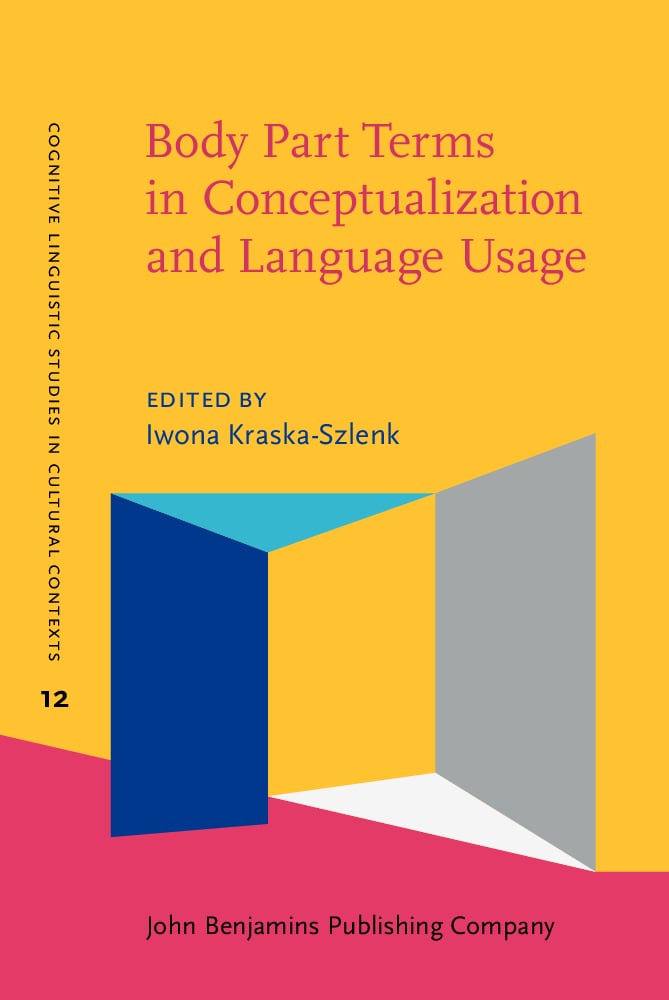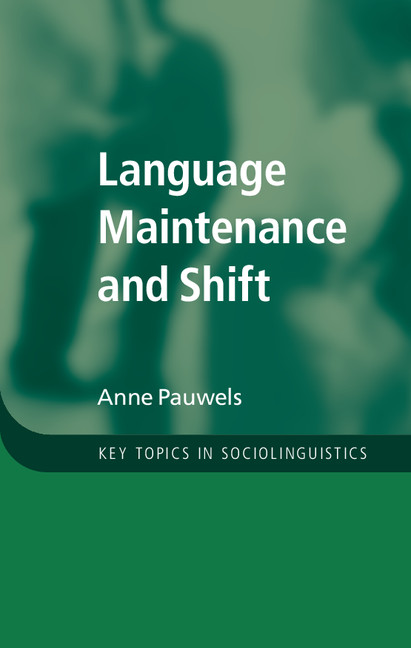Body Part Terms in Conceptualization and Language Usage
Body Part Terms in Conceptualization and Language Usage
Conceptualisations of body parts across languages have received a great deal of attention in recent years (Ameka, 2002; Frank et al., 2008; Maalej & Yu, 2011; Sharifian et al., 2008; Yu, 2009). Nevertheless, there have been no systemati...
Read more
Conceptualisations of body parts across languages have received a great deal of attention in recent years (Ameka, 2002; Frank et al., 2008; Maalej & Yu, 2011; Sharifian et al., 2008; Yu, 2009). Nevertheless, there have been no systematic studies examining the conceptualisations of body parts, and in particular nawsk ‘belly/stomach’, in Kurdish. To that end, the present study employs the analytical framework of Cultural Linguistics (Sharifian, 2011, 2017b) to explore Kurdish expressions of nawsk and their underlying cultural conceptualisations. The data consists of naturally occurring expressions collected through a variety of sources including a questionnaire, Kurdish online data, dictionaries, and narratives. Other sources included the author’s intuition as a native speaker and a number of Kurdish native speaker interviews. The results indicate that the body part nawsk functions as the main conceptual basis for a large number of conceptualisations in Kurdish. Nawsk is conceptualised as the locus of a wide range of emotions, attitudes, and moods. It is associated with both positive and negative emotions such as love, courage, sadness, curse, and anger. Overall, it is revealed that in Kurdish, nawsk is conceptually associated with expressing feeling, wanting, and thinking. Nawsk is metaphorically conceptualised as a container.
Less






.jpg)




















